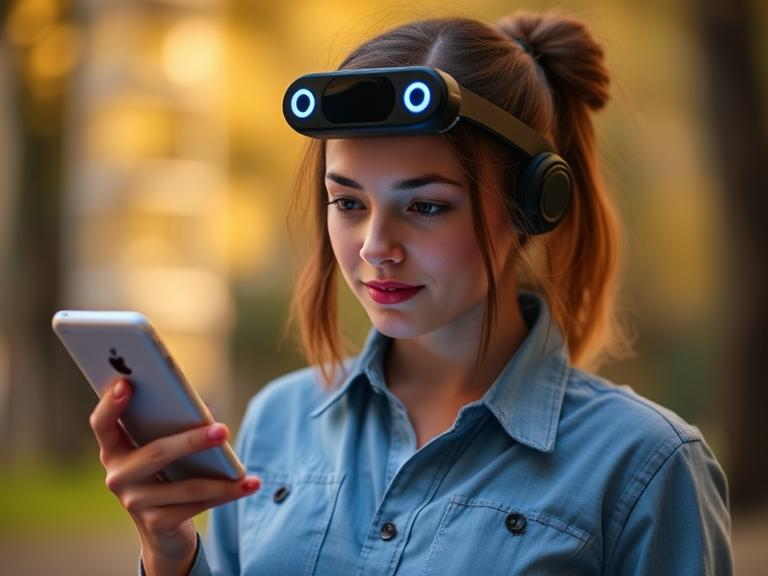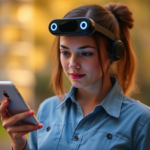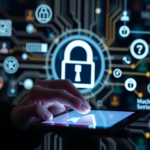Your basket is currently empty!

Tracking Gadgets: Helpful or Creepy?
From fitness trackers and GPS tags to smartwatches and location-sharing apps, tracking gadgets have become deeply embedded in our lives. But while they offer undeniable convenience and safety, they also spark concerns about privacy, surveillance, and control.
On the helpful side, tracking gadgets are lifesavers—literally. Parents use GPS-enabled smartwatches to keep tabs on young children. Travelers use Bluetooth trackers like AirTags or Tile to find lost luggage. Runners and cyclists track their routes for performance. Even pets wear GPS collars to avoid getting lost.
In the workplace, tracking devices are used in logistics, delivery, and employee time management. Fleet tracking helps optimize routes and reduce costs, while personal trackers ensure safety for lone workers in remote areas.
But the line between helpful and creepy can be thin. Constant location tracking can feel invasive. In relationships, partners sometimes use trackers to monitor each other—raising serious questions about trust and consent. In workplaces, over-monitoring can damage morale and create a feeling of being constantly watched.
There’s also the risk of stalking or theft. Bad actors can slip tracking devices into bags or vehicles, following someone without their knowledge. While Apple and other companies have added anti-tracking alerts, the threat is real.
So, are tracking gadgets helpful or creepy? The answer depends on who controls the data, how it’s used, and whether the user has consented. With clear boundaries and privacy safeguards, tracking can be empowering. Without them, it can quickly become invasive.





